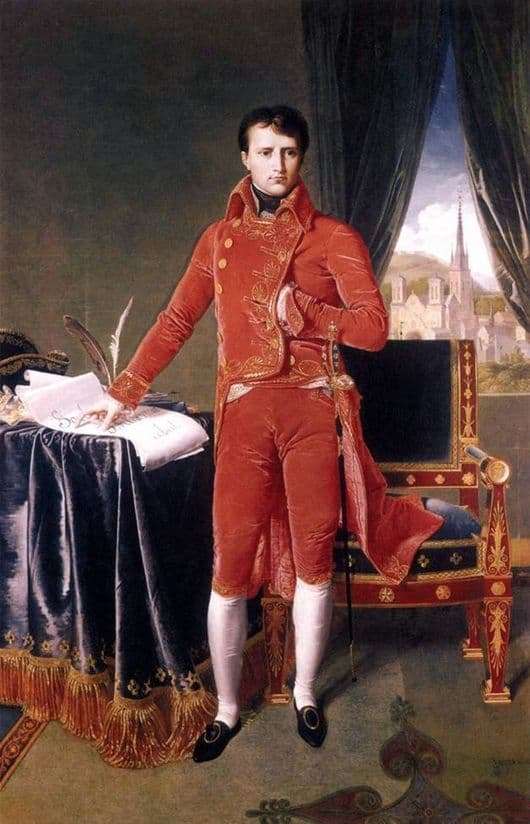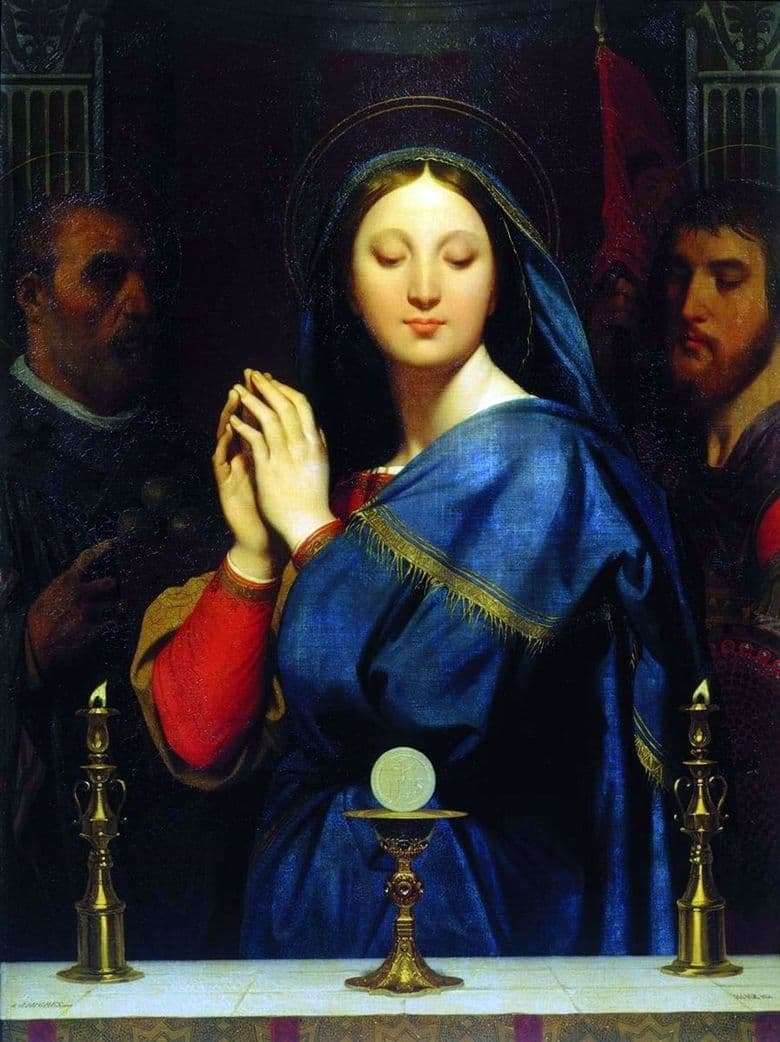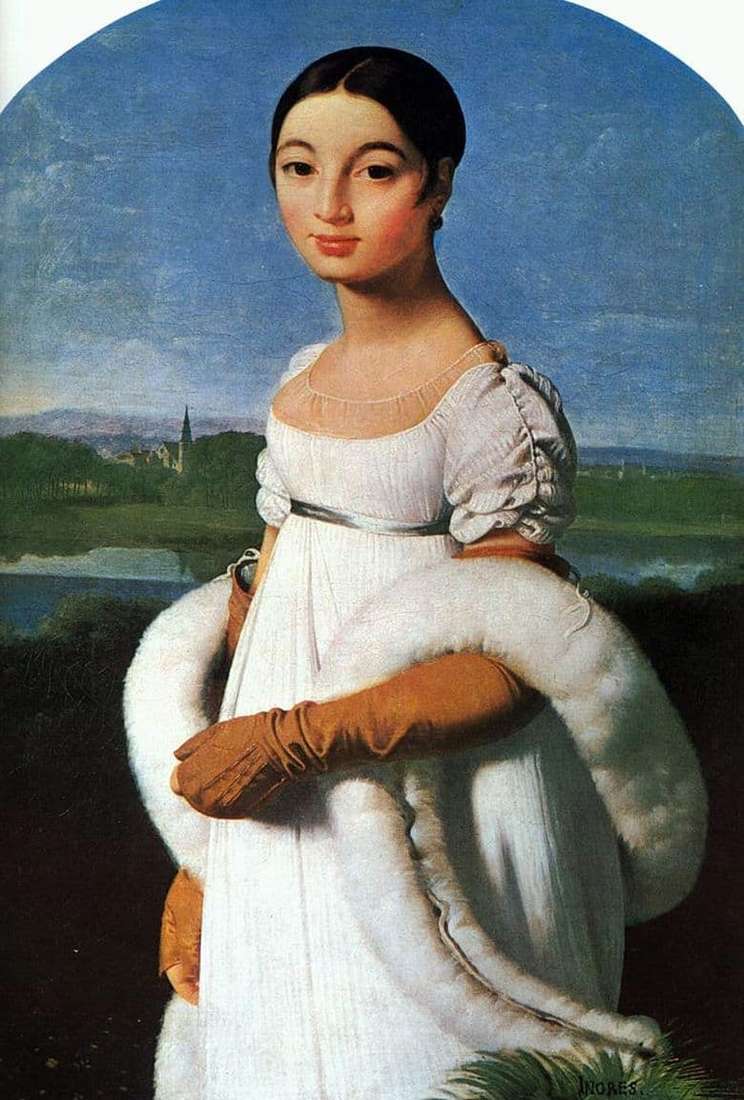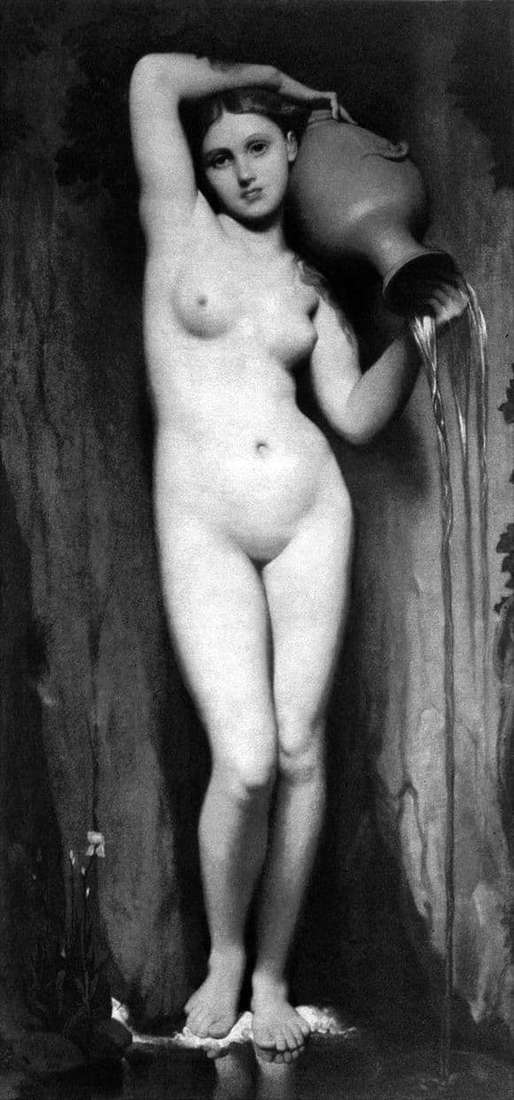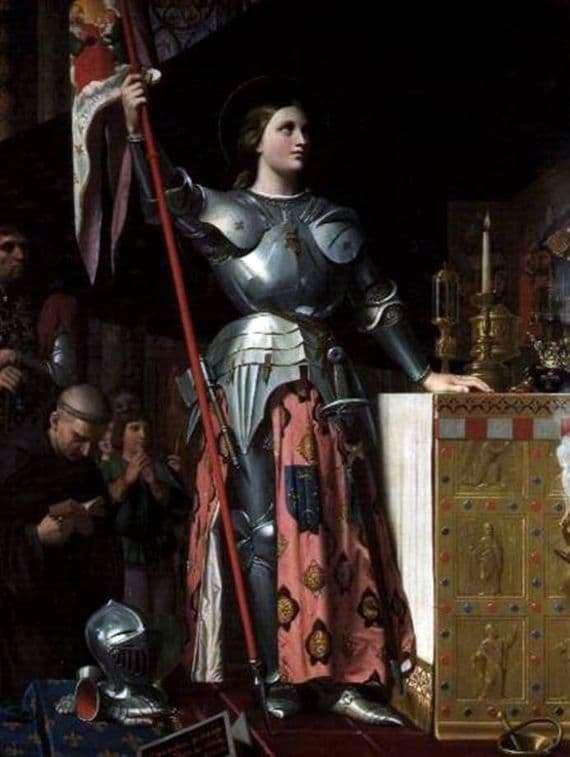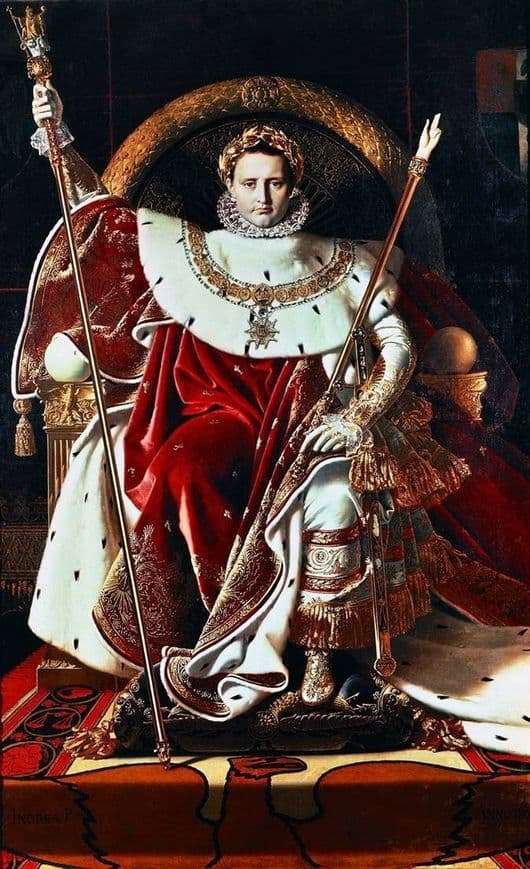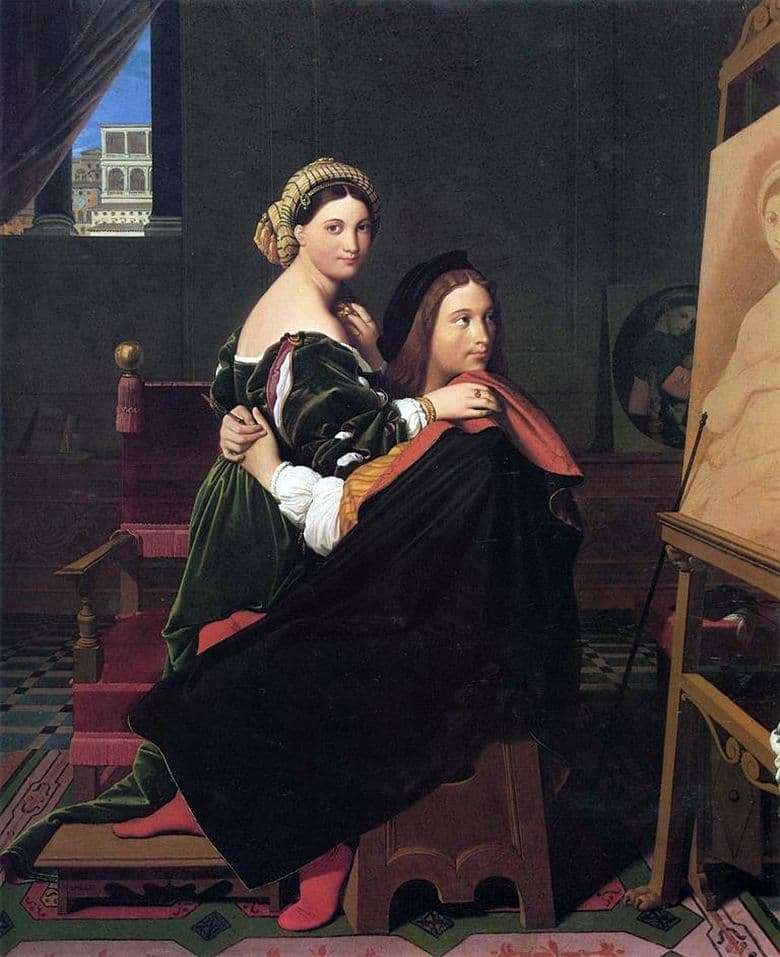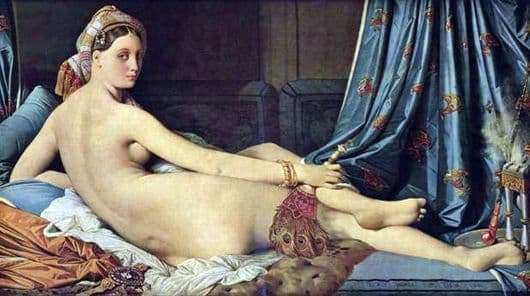
“Big Odalisque” – a painting by French artist Jean Ingres, written in 1814. He painted his canvas by order of the Queen of Naples, Caroline Murat. This picture was the most significant and famous achievement in all the works of Ingres. In his canvas, Ingres, imitating the greatest artists of the Renaissance, idealized and perfected the features of the models posing for him in order to obtain expressive forms and achieve ideal proportions.
In his painting “Big Odaliska”, the artist added 3 additional vertebrae to his model, which at one moment was noticed by critics. But despite the fact that the French artist has violated anatomical proportions, the paintings in general look very harmonious. Nude odalisque depicted how often he loved to write Ingres, from the back. Her body and posture are amazingly flexible and feminine. Ingr masterfully depicts crumpled fabric and draping folds. Oriental decorations and attributes such as a headdress, a fan and smoking accessories are abundant in the picture.
Widely known is the fact that the head of a beautiful odaliska is almost identical to the female head depicted in the painting of Ing Rafael and Fornarin. Jewelry such as: bracelets on the wrist and a hoop of pure gold, decorated with ruby and pearls, decorate the already perfect young girl’s body. Critics of the time took the picture “Big Odaliska” ambiguous. Ingres was criticized for not observing anatomical proportions and for refusing living concreteness. Other artists were enraptured by the mysterious image of a girl, who was attracted by the exotic nature of the East. After the fall of Napoleon, the customer was unable to take the picture.
Description of the painting by Jean Ingres “Big Odaliska”
